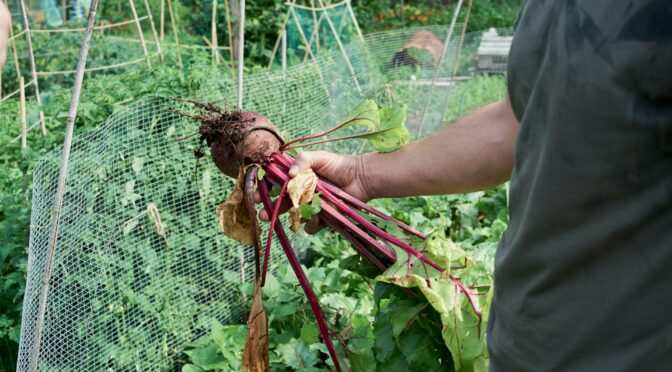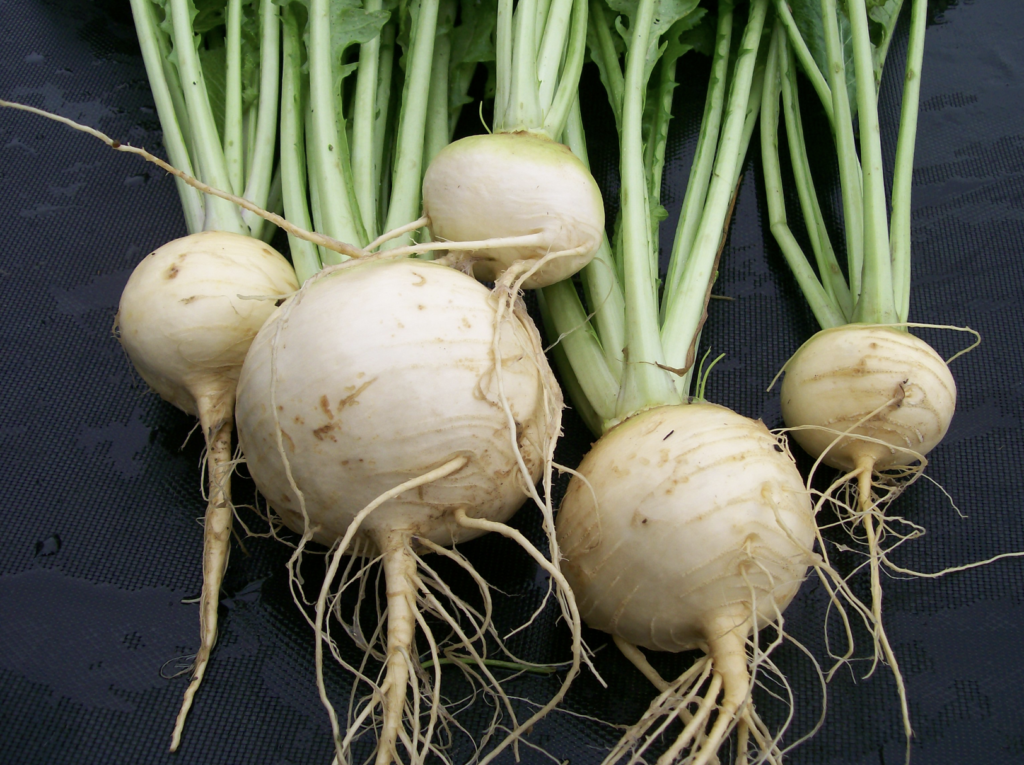Last week on the blog, we discussed ten tips for canning stress-free canning. Food preservation is an essential part of gardening, and canning is a popular way to put up extra food without needing to keep a large freezer running. When I’m not busy preserving food, I also like to take some time each fall to think about how different varieties performed and what I can do differently next year. This fall, I’m considering great varieties for canning.
While you can pressure can many vegetables, including green beans, peas, corn, squash, and potatoes. You can only water bath can certain vegetables and fruits that are highly acidic or are tasty when pickled or otherwise made highly acidic using vinegar. Water bath canning is easy and great for beginners because it requires little start-up cost. Below we’ll discuss some great varieties you can grow for water bath canning tomatoes, spaghetti sauce, cucumber pickles, salsa, and pickled peppers.
Tomatoes
Canned tomatoes or sauce is one of the most versatile products in the pantry. I make pizza, pasta dishes, soups, chili, burritos, and more using home canned tomatoes. While any variety can be preserved, certain varieties produce less juice and more flesh making them more suited to cooking.
Indeterminate vs. Determinate
Tomatoes are divided into two categories, determinate and indeterminate. Determinate tomatoes reach their mature size and yield a large quantity of tomatoes in a relatively short time. Determinate tomatoes can be convenient for preserving.
Indeterminate tomatoes are more vining and continue to grow upward and produce throughout the season. These can be a better option if you want tomatoes for fresh eating over a longer period, but you can also preserve them.
Here are five great options for canning tomatoes:
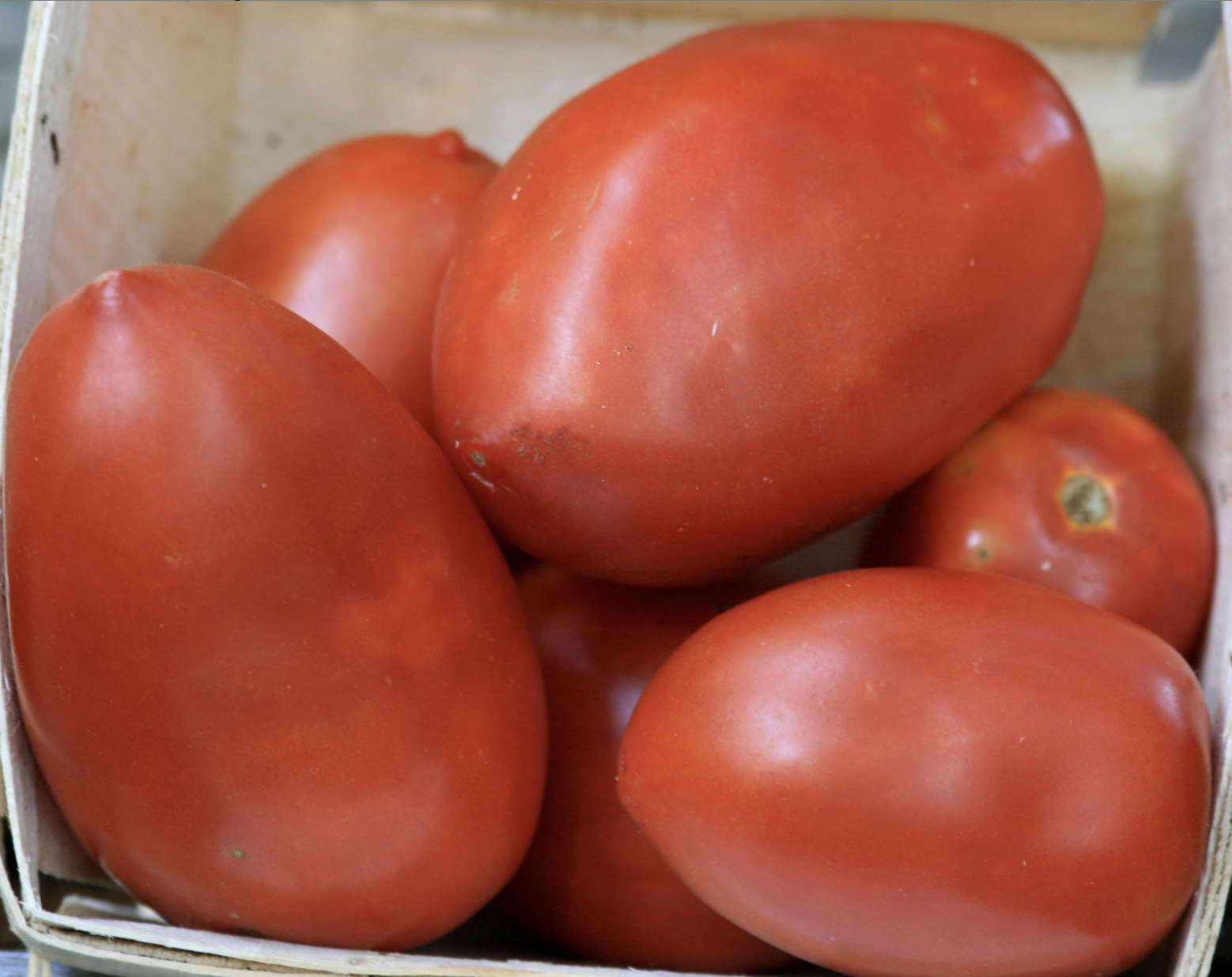 Amish Paste (Indeterminate)
Amish Paste (Indeterminate)
You’ve probably run across Amish paste if you’ve looked into canning tomatoes. These tall plants produce heavy yields of large, coreless tomatoes with excellent flavor. Despite the name ‘Amish Paste,’ the juicy fruits are best suited to making sauce.
 San Marzano (Indeterminate)
San Marzano (Indeterminate)
This Italian heirloom is famous for its use in Neapolitan pizza and other Italian dishes. San Marzano tomatoes are very productive, 6-foot-tall plants with good disease resistance. The long Roma-type tomatoes have thick, dry, low acid flesh and few seeds. They are ideal for canning in recipes with enough acidity.
 Heinz 1350 VF Processing Tomato (Determinate)
Heinz 1350 VF Processing Tomato (Determinate)
Developed in 1963 by the H. J. Heinz Company, Heinz 1350 is an excellent processing tomato for canning and cooking. It’s widely adapted, has a concentrated fruit set, and produces round 4-6 oz fruits with good crack resistance.
 Yellow Bell Paste Tomato (Indeterminate)
Yellow Bell Paste Tomato (Indeterminate)
Southern Exposure introduced this Tennessee family heirloom in 1986. These heavy-yielding plants produce 5-12 fruits per cluster. They survive better in cool, wet conditions than other sauce tomatoes and bear heavily until frost. Yellow bells are great for salads or making lovely tomato paste, juice, preserves, salsa, and yellow catsup!
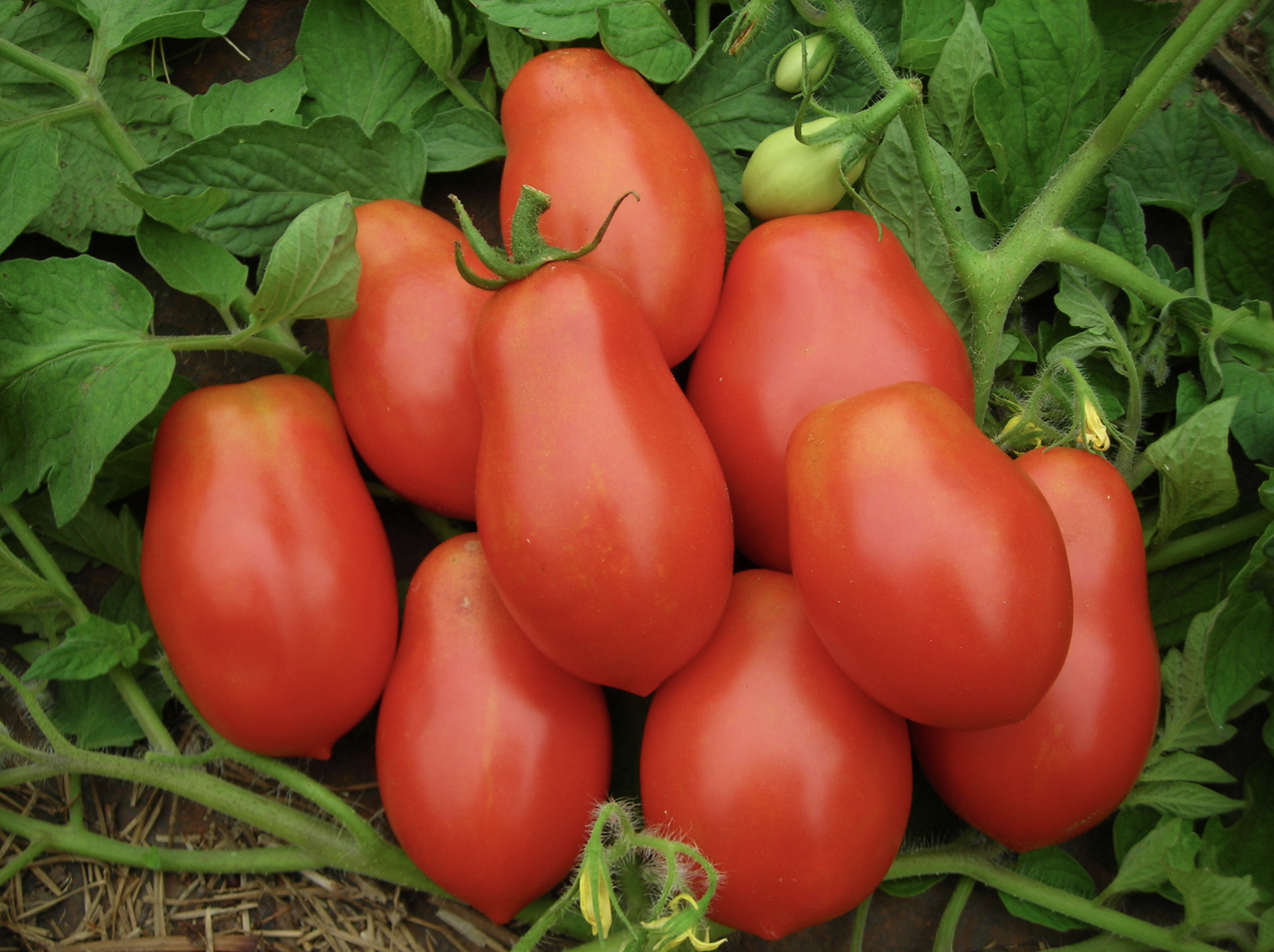 Roma VF, Virginia Select Paste Tomato (Determinate)
Roma VF, Virginia Select Paste Tomato (Determinate)
Our neighboring farmer and Growing for Market writer Pam Dawling has been saving this locally adapted strain since 2001, selecting for high, early yields and tolerance to Septoria Leaf Spot. It was introduced in 2009 by Southern Exposure and produces 4-5 ounce fruits.
Cucumbers
One of the first recipes I learned to can was basic dill pickles. Cucumber pickles are easy to make and a great way to enjoy your garden produce even in the winter.
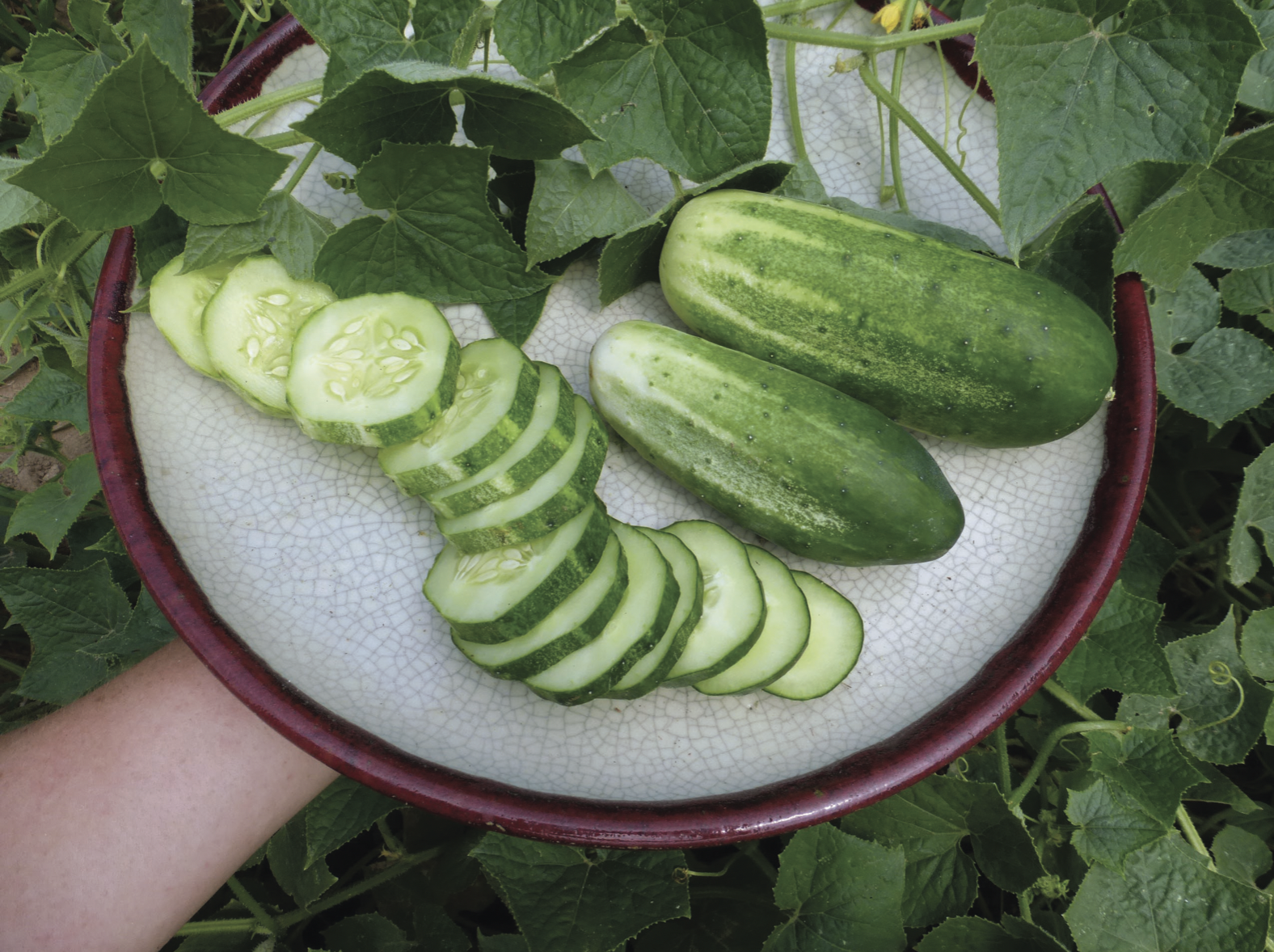 Arkansas Little Leaf Pickling Cucumber
Arkansas Little Leaf Pickling Cucumber
The University of Arkansas developed this popular, reliable variety in 1991. It produces compact vines with multiple branch points that will climb a fence or trellis easily and are resistant to multiple diseases. Arkansas Little Leaf has small leaves that make finding fruit easier and parthenocarpic flowers which produce fruit under stress and without pollinators. It produces 5-inch long fruits that are good for slicing and pickling.
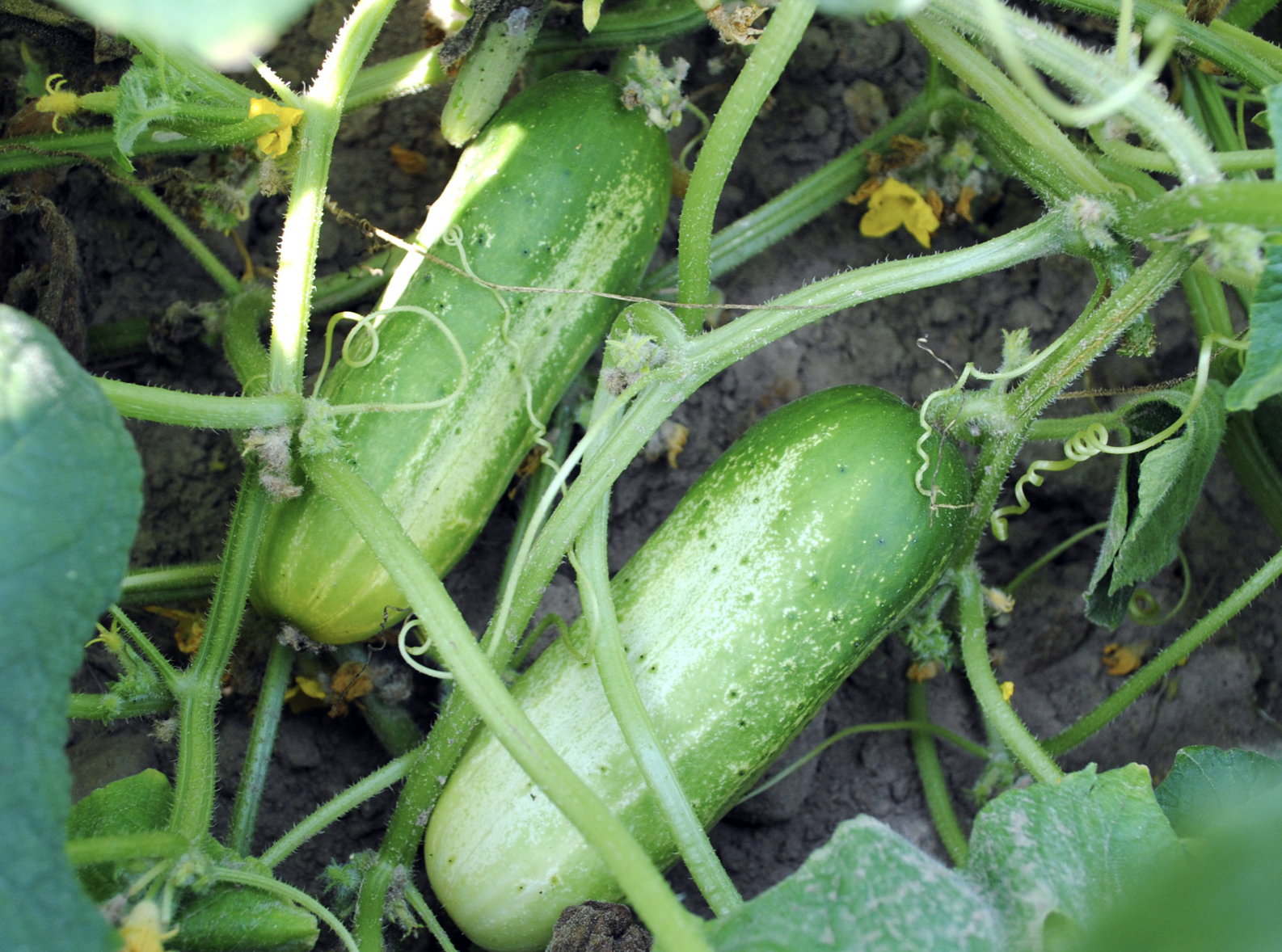 Boston Pickling Cucumber
Boston Pickling Cucumber
A classic old pickler, this variety dates back to 1880. While not as rampant as some, it’s still productive, and the blunt-shaped fruits are crisp and mild, ideally sized for pickling.
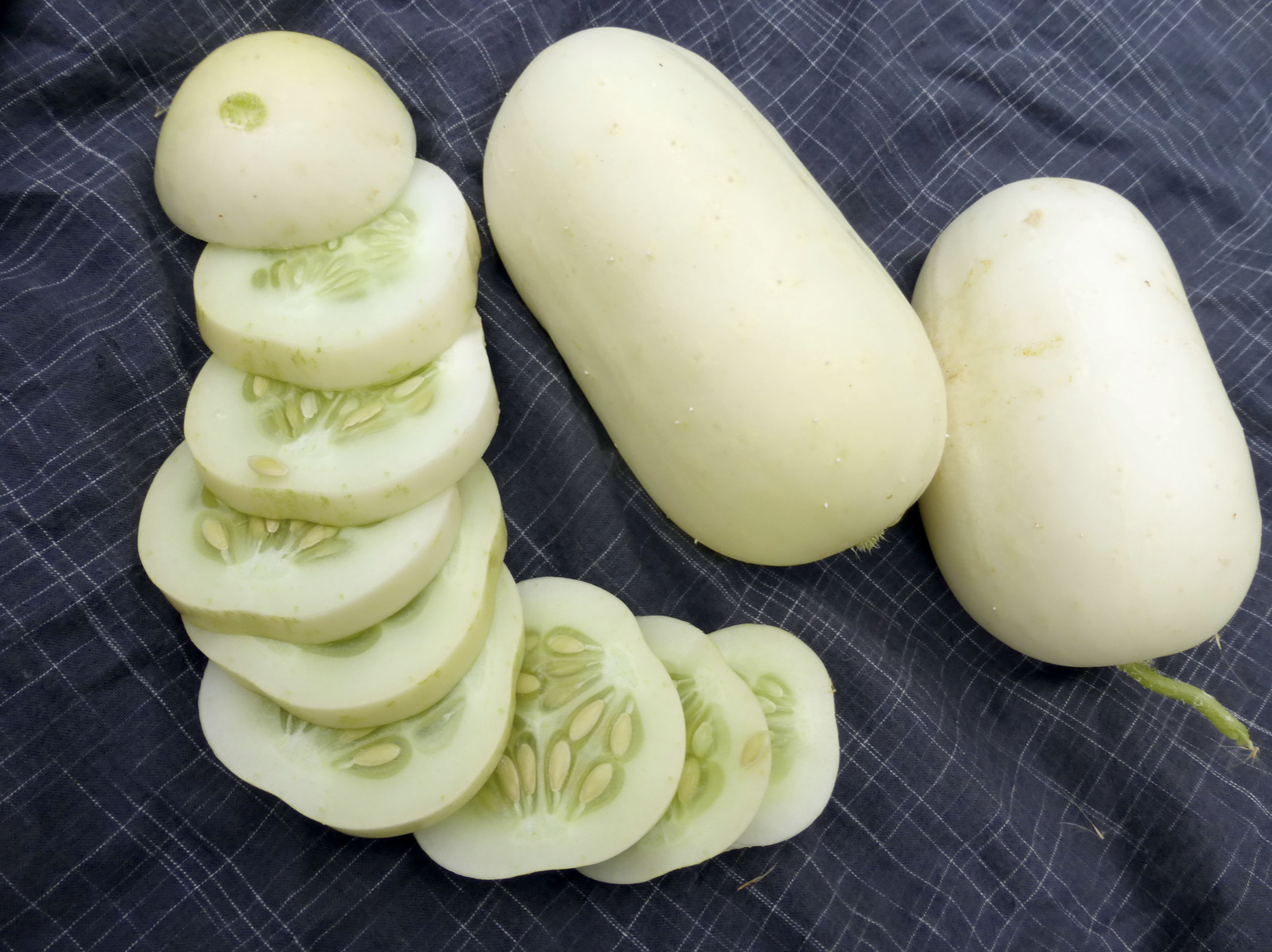 Roseland Small White Pickling Cucumber
Roseland Small White Pickling Cucumber
In the early ’70s, Gordon Shronce’s sister Evelyn Allran received seed from a neighbor in the Roseland community near Lincolnton, North Carolina. Southern Exposure introduced Roseland Small White Pickling Cucumbers in 2016. It produces loads of early, blocky white cukes that are excellent sliced or pickled. Gordon likes to pick them at 3 inches or less, but they’re still mild and tender to 7 inches long.
 Homemade Pickles Pickling Cucumber
Homemade Pickles Pickling Cucumber
Homemade Pickles produces medium green fruits with small white spines that are solid and crisp. These vigorous plants were specifically developed for home gardeners and have good disease resistance, including Downy Mildew resistance. They make delicious, robust bite-sized pickles, slices, or large spears.
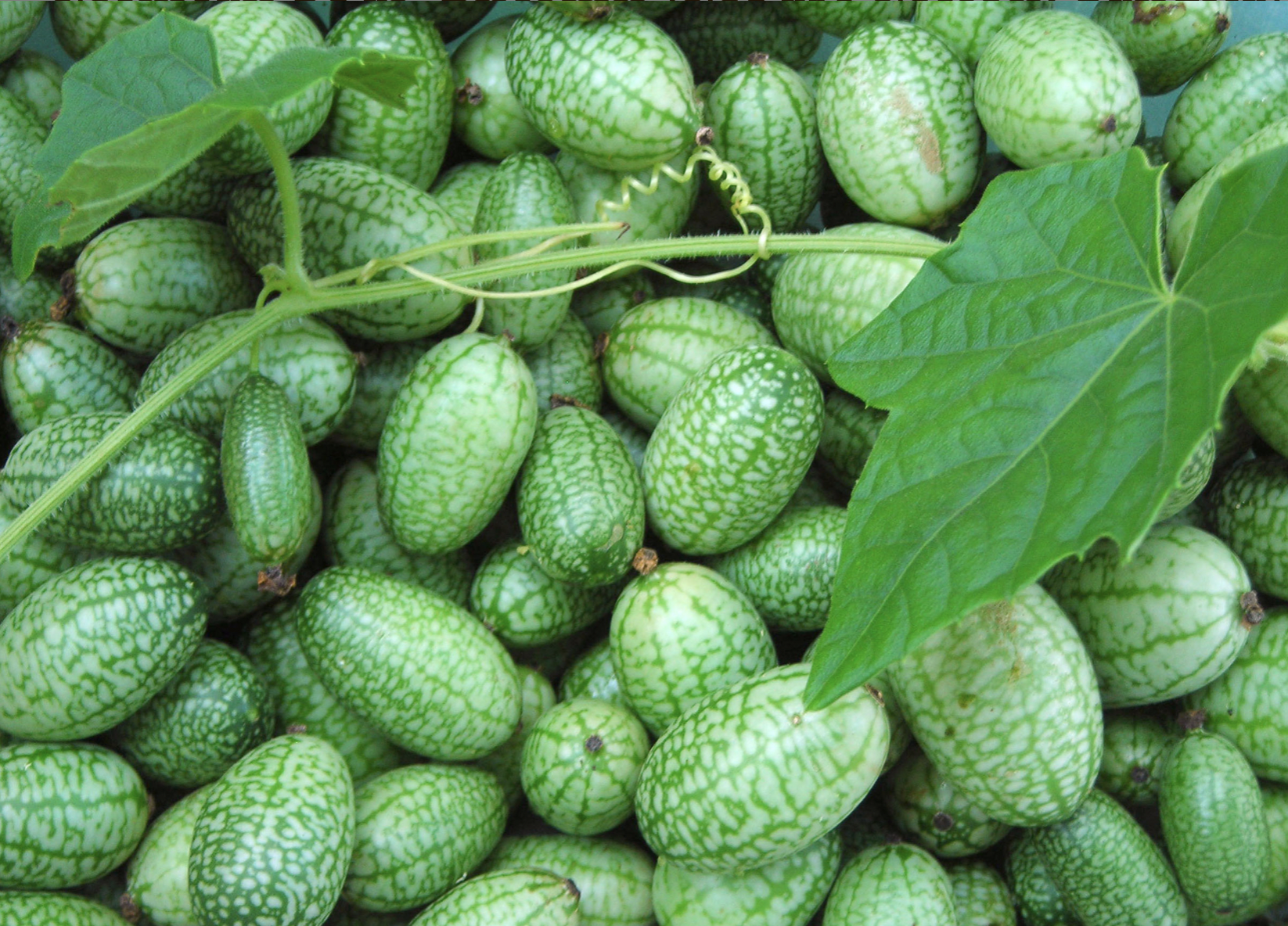 Mexican Sour Gherkin (Mouse Melon, Sandita)
Mexican Sour Gherkin (Mouse Melon, Sandita)
These tenacious vines bear many 5⁄8 in. x 7⁄8 in. fruits with skin like tiny watermelons. They bear until frost and can be pickled whole for a fund snack or conversation-starting garnish! Immature, they taste like cucumbers; when fully mature, they taste like pickled cucumbers.
Peppers
When growing a lot of your food, peppers are essential. They preserve well and add great flavor to many dishes. I love pickling peppers and adding them to salsa. My father-in-law also taught me to add hot pepper to some of my jars of pickles and spaghetti sauce.
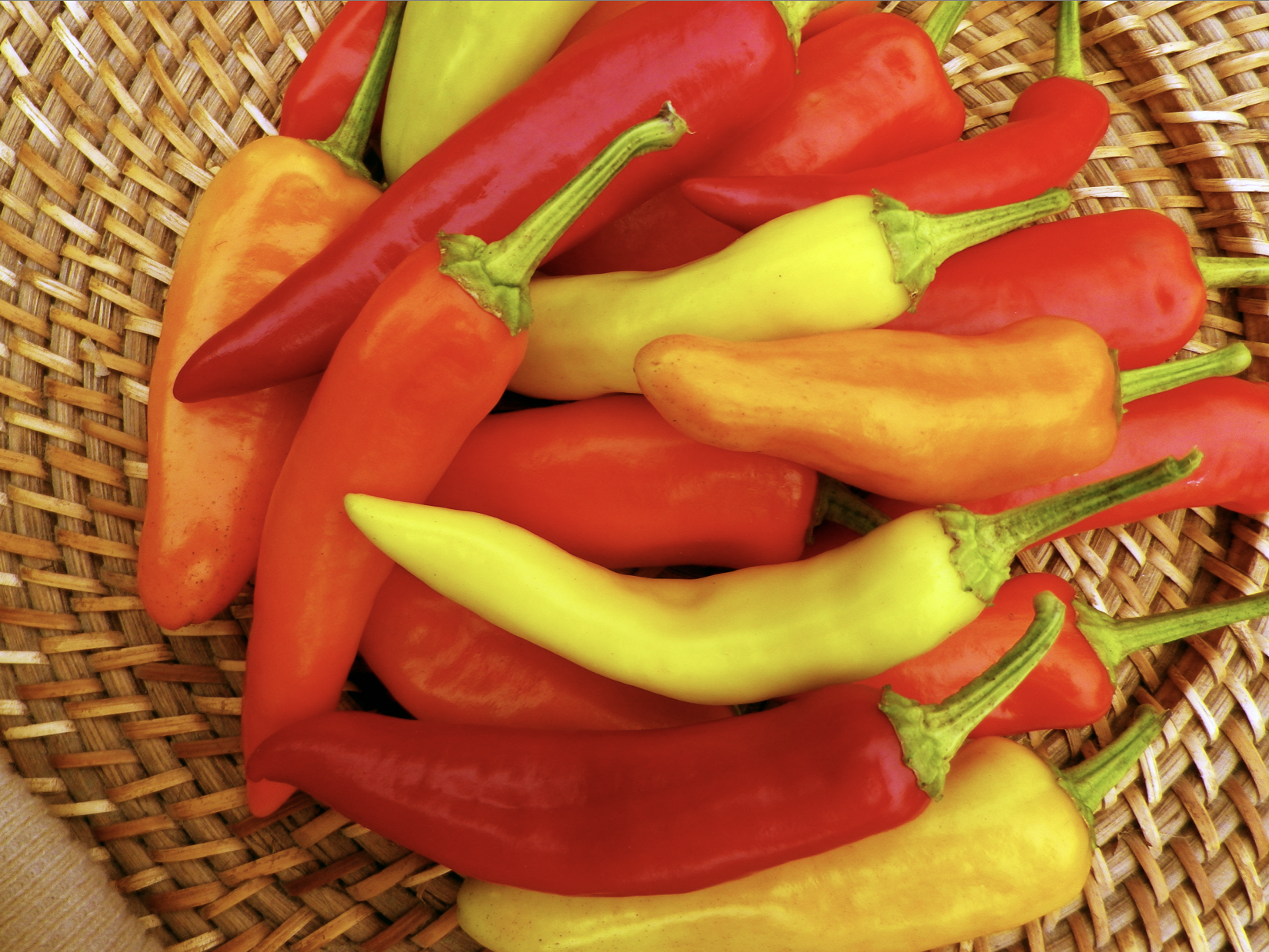 Hungarian Hot Wax Banana Pepper
Hungarian Hot Wax Banana Pepper
This very productive variety produces banana-shaped peppers with medium heat. They adapt well to the deep south and cool north and can be used fresh, canned, or pickled.
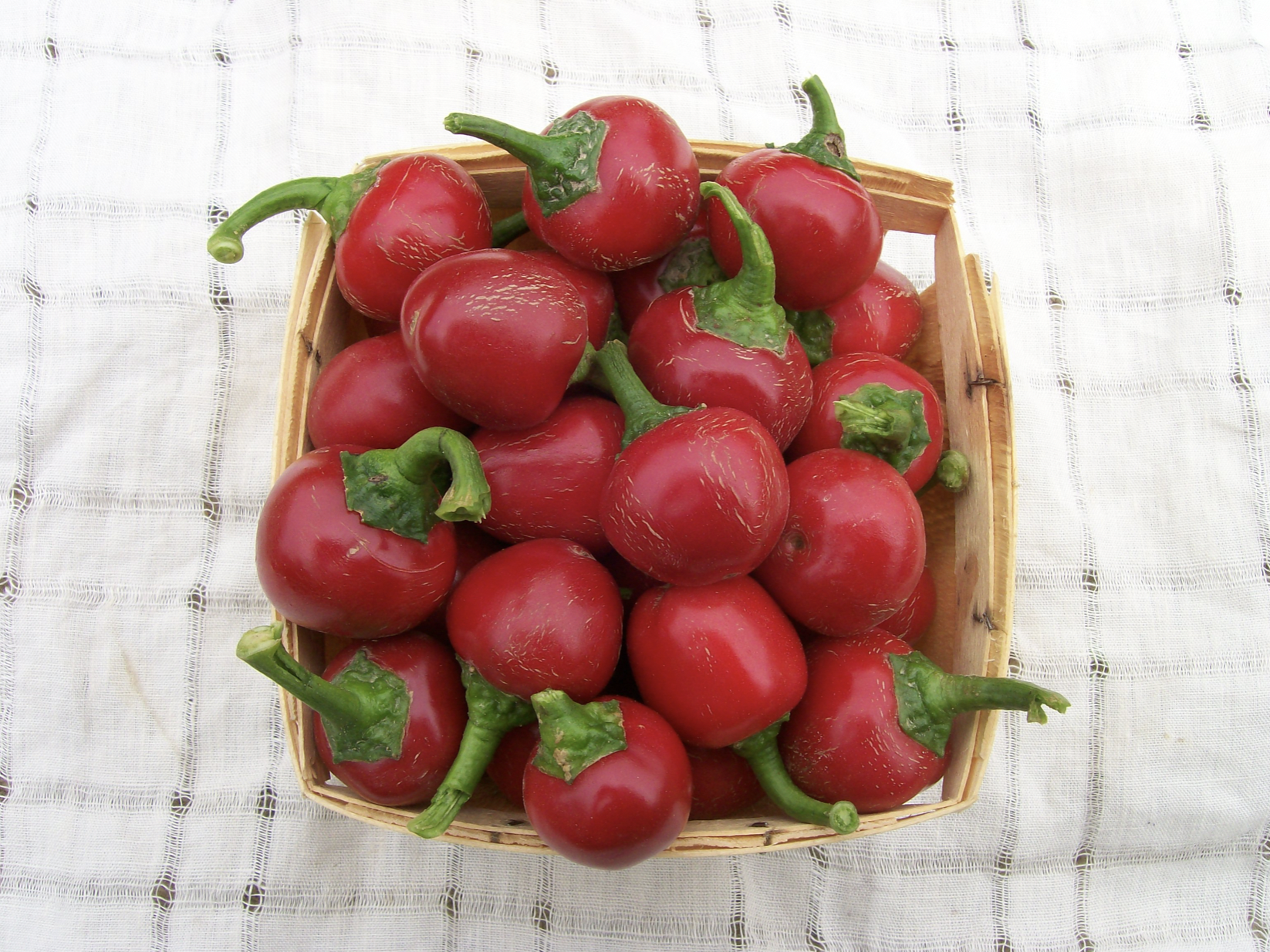 Red Cherry (Cherry Sweet) Sweet Pepper
Red Cherry (Cherry Sweet) Sweet Pepper
This pre-1860 variety is excellent for pickling, canning, stuffing, or snacking! The little bonbon-shaped fruits are thick-walled, sweet, and flavorful. Red cherries bear heavily and are disease resistant.
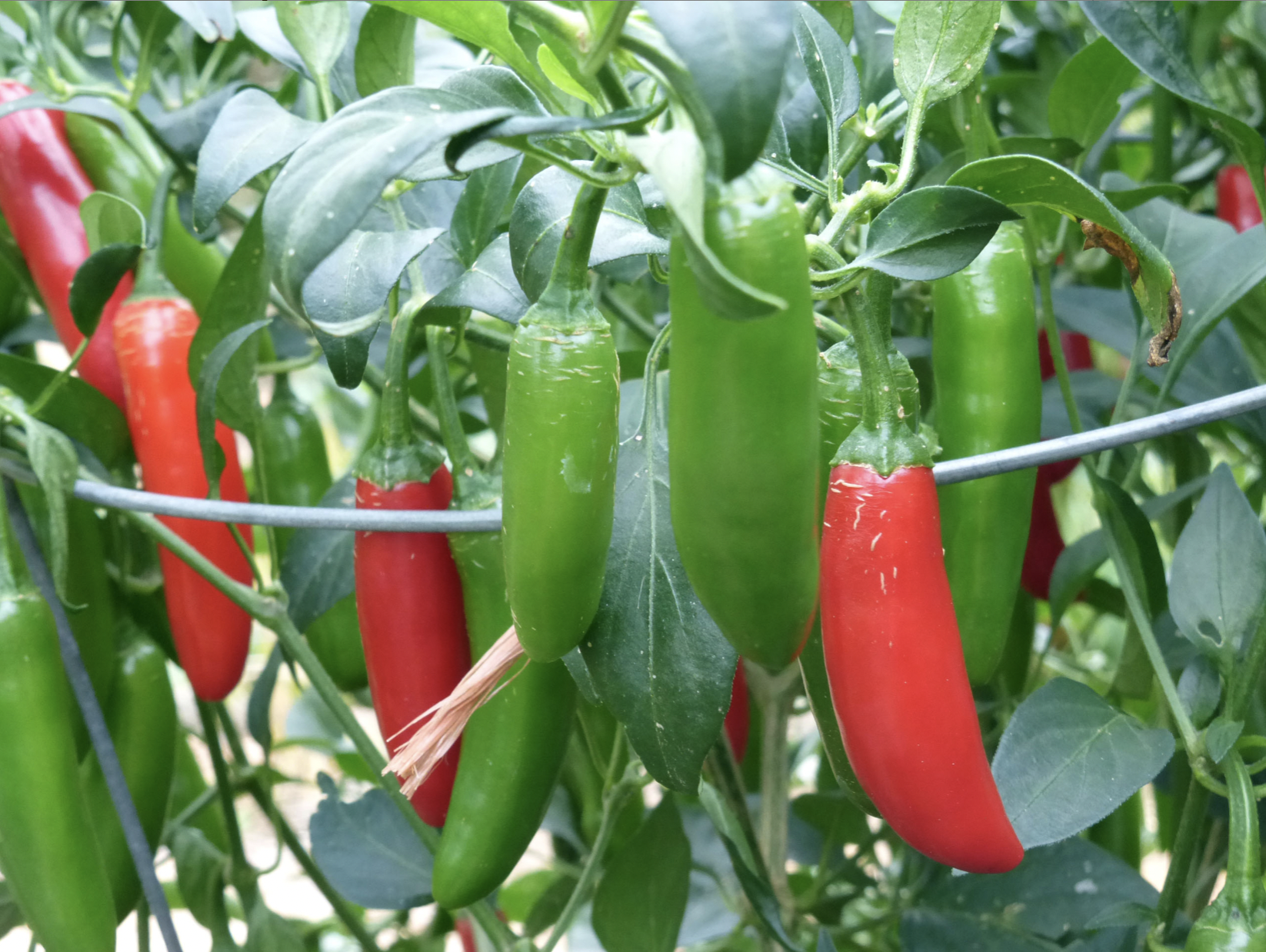 Serrano Tampiqueño Hot Pepper
Serrano Tampiqueño Hot Pepper
If you like your food a bit spicy, Serrano Tampiqueño is a great multi-purpose pepper. Plants reach about 4 feet tall and produce pendant-shaped, thin-walled fruit. They’re very hot, whether picked green or red, and are excellent for drying, salsa, pickling, hot pepper vinegar, and flavoring spicy dishes like chili.
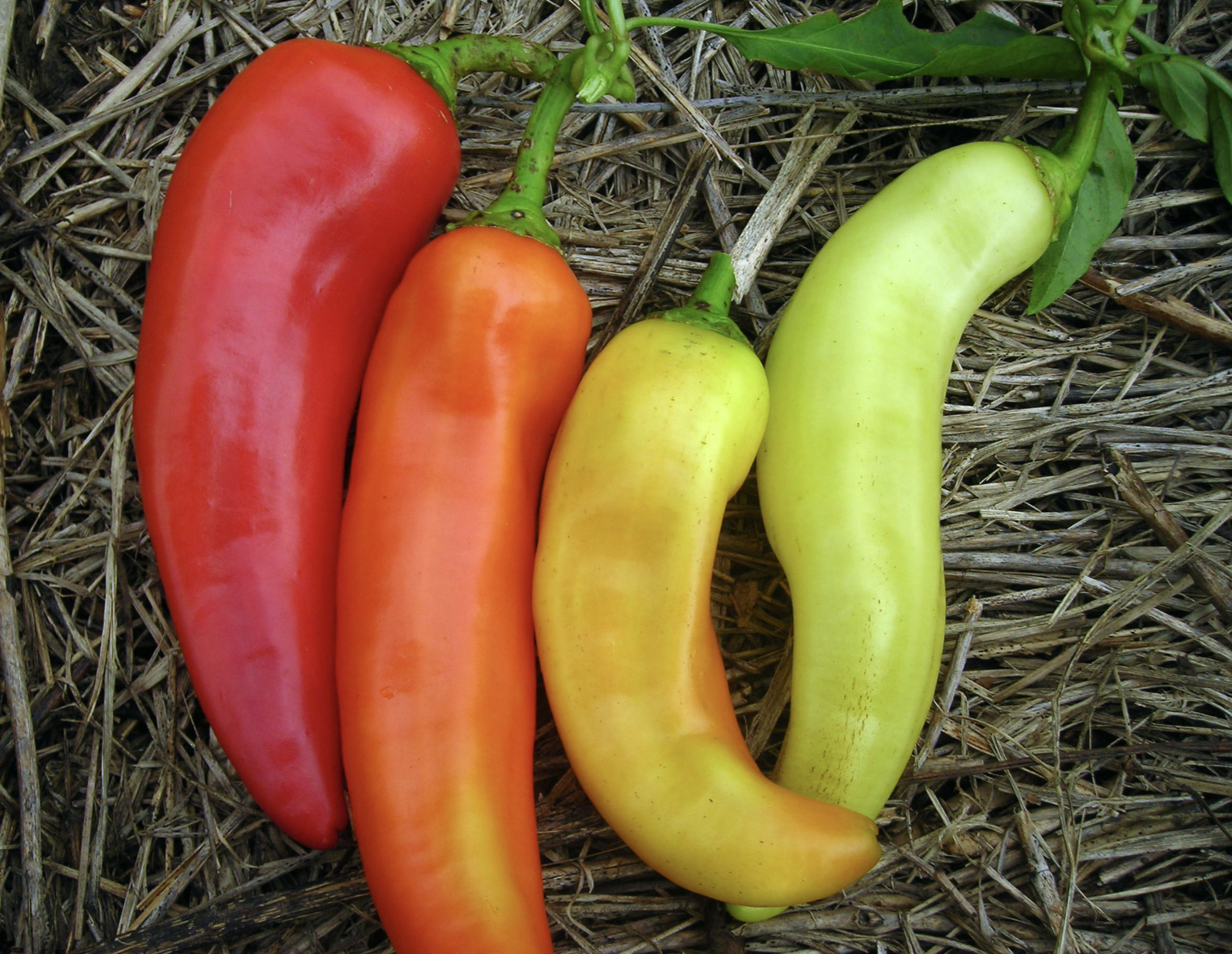 Sweet Banana (Long Sweet Hungarian) Sweet Pepper
Sweet Banana (Long Sweet Hungarian) Sweet Pepper
Sweet bananas are excellent for fresh eating, frying, freezing, and pickling. I love using pickled sweet banana peppers on salads, sandwiches, pizzas, and nachos. This variety produces heavy yields and is a great choice for the Mid-Atlantic region.
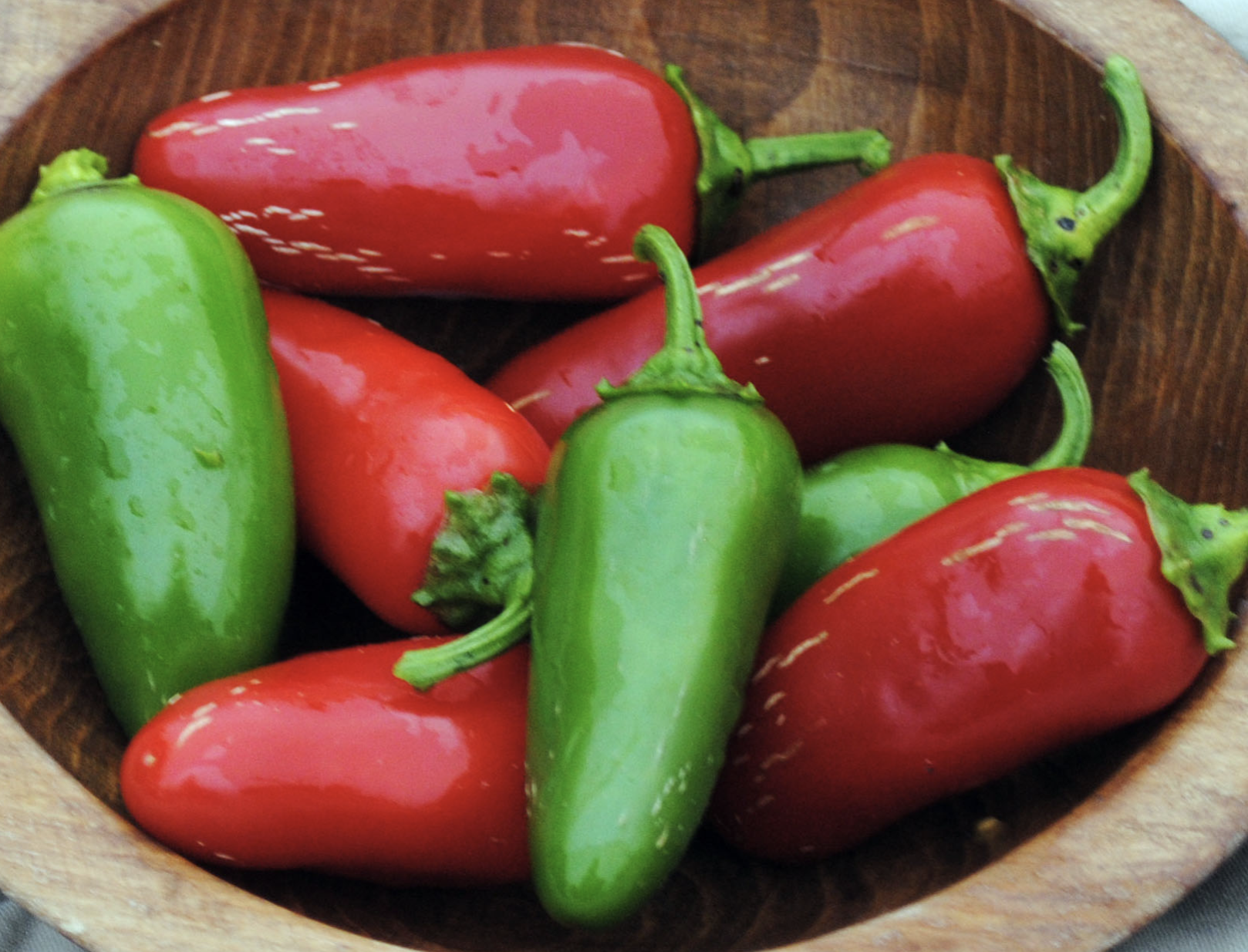 Jalapeño Hot Pepper
Jalapeño Hot Pepper
These classic salsa chiles had to make the list. These thick-walled peppers are great for pickling, adding excellent flavor to salsa, smoked, or making Jalapeño vinegar. Jalapeños filled with cream cheese and fried are a Southern specialty. They’re often harvested green but can be harvested red or left to mature to red off the plant.
As you’re planning next season’s garden, it’s a good idea to consider how and if you want to put up excess produce. Planting a few canning varieties is a great way to stock your pantry beyond the summer months.

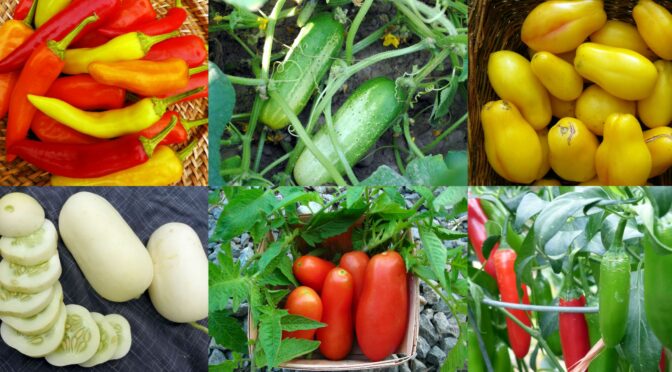
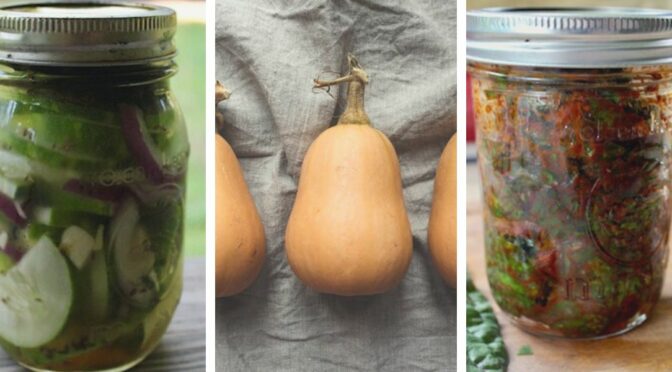
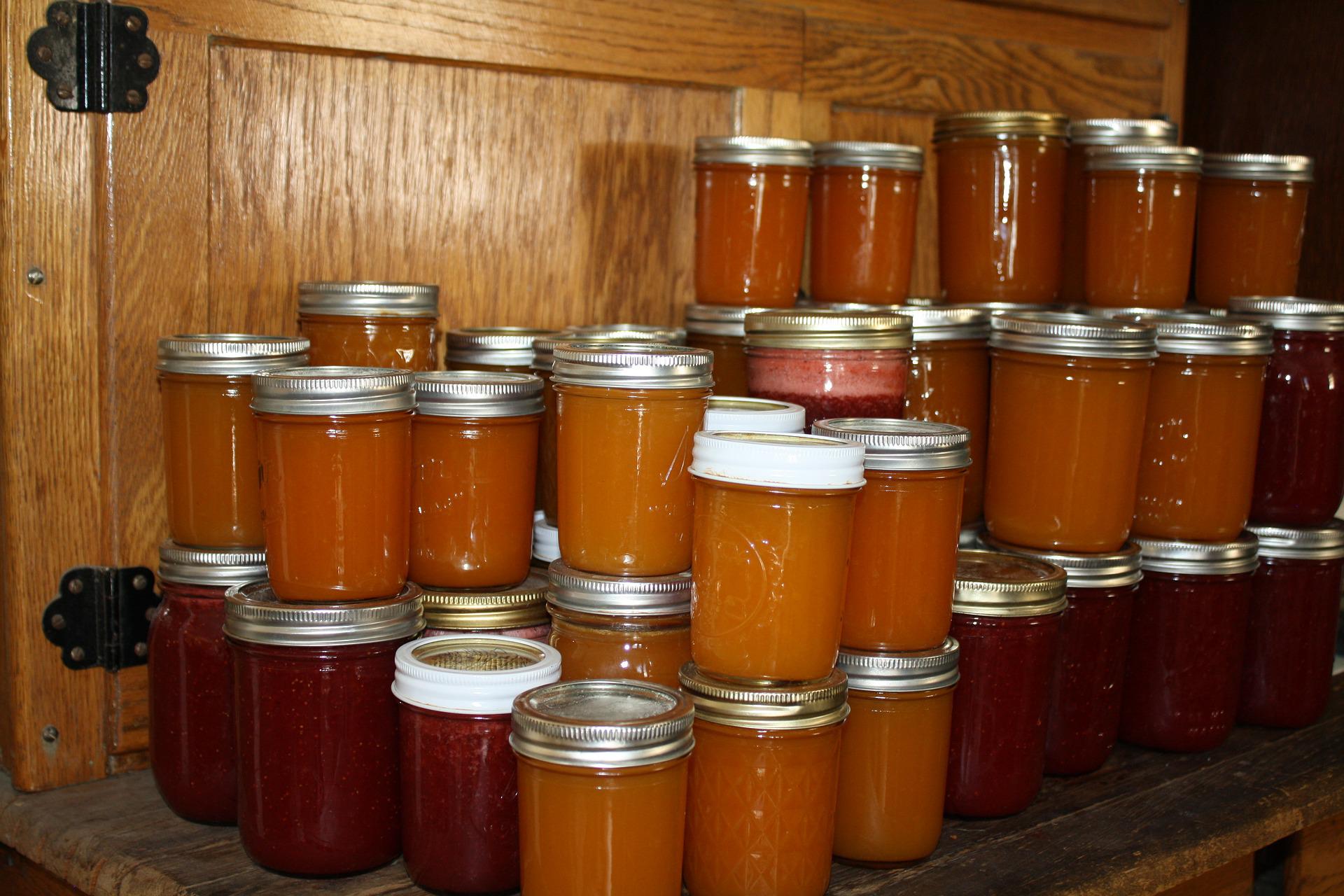 Ball Mason Jars
Ball Mason Jars
